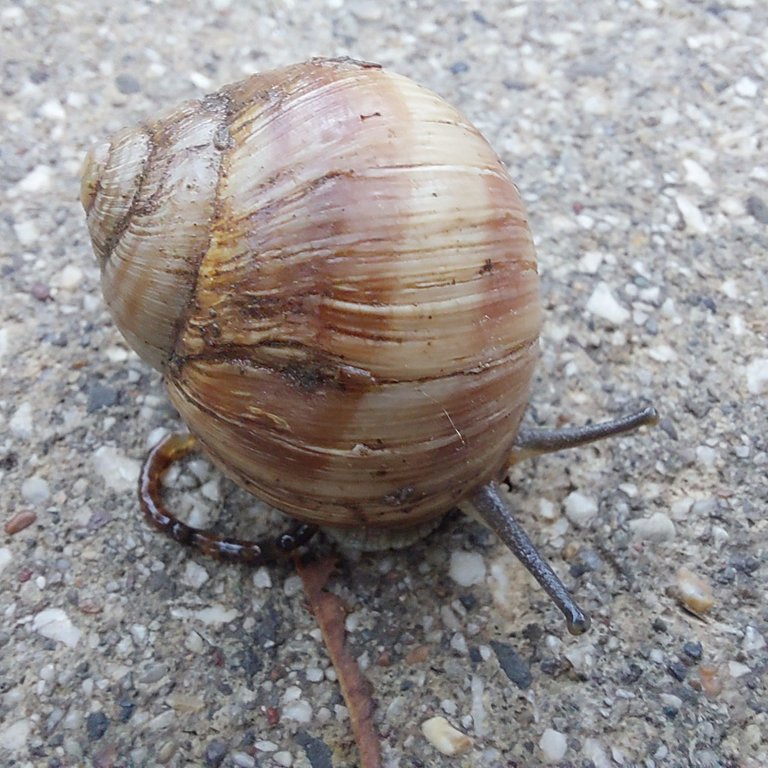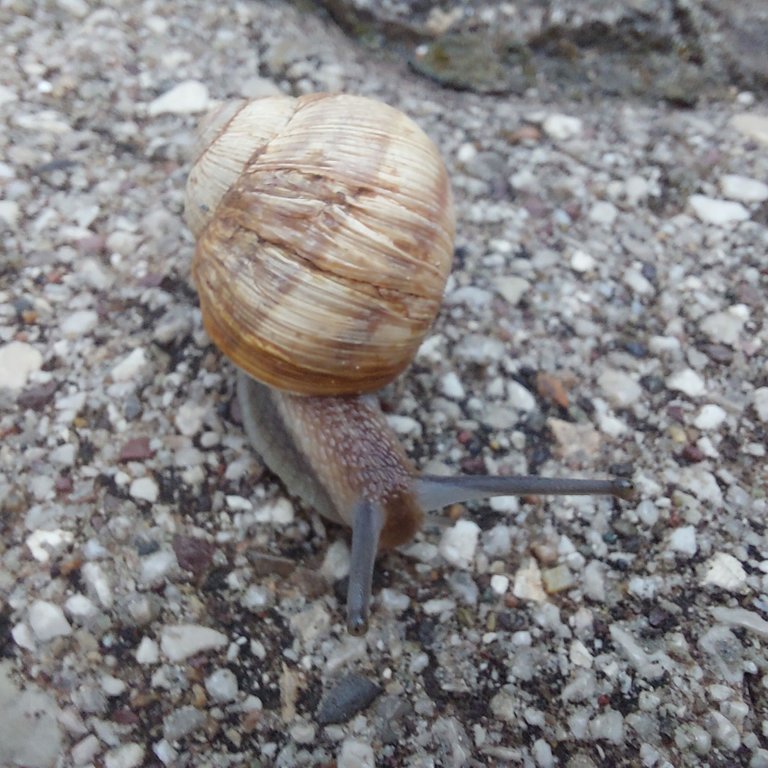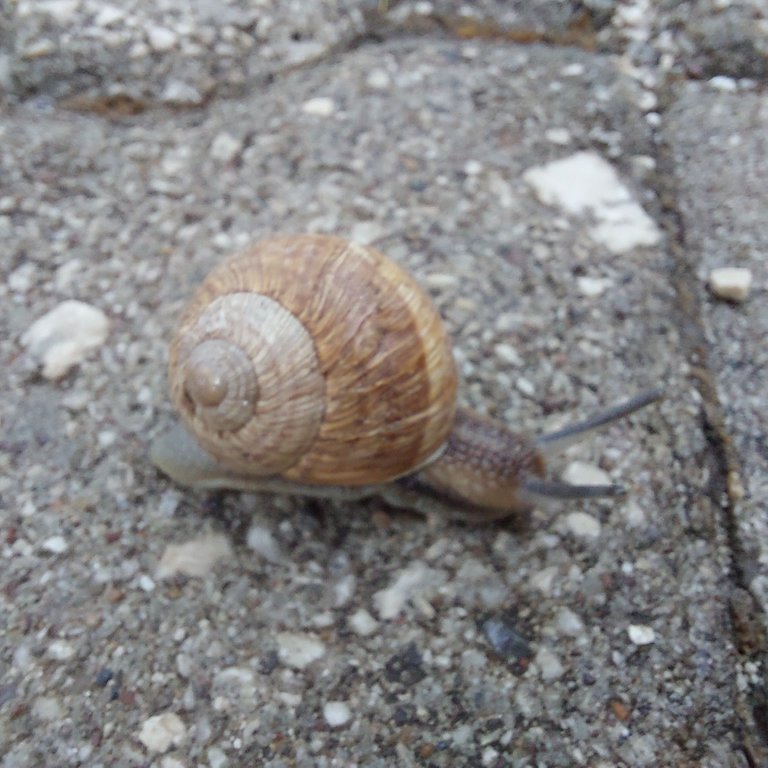Snails...
Snails are little shelled animals that commonly roam this planet. In their natural classification, they normally fall under the Animalia sub-kingdom, because they truly are animals. Because snails are naturally invertebrate, their Phylum must also consist of invertebrates and their own phylum should also include invertebrates. Therefore, a snail is not a worm, it's an invertebrate animal.

Of course, not all snails do come in shells. There are certain species that grow their own shells, called cephalopods. However, the majority of snails grow in slimes or other forms of molds that then become their homes. This means that, in order for a snail to be classified as a species, it must have both a shell and a habitat.
There are three kinds of snails that we generally think of when the word " snail" is mentioned: the pig snail, the common snail, and the Australian snail, which is sometimes known as the Asian snail. Of these, only the common snail, collectively known as the Carp, are really snails, meaning that they possess a muscular body and a proth Aliens mouth that serves as a proboscis. The pig snails, which do not have prothals, are actually members of a different phylum, the Cryptocolean class, which includes cephalopods and other very minute animals. The Australian snail, on the other hand, is a member of the Squamata order, and has no visible anus, which is what sets it apart from the other snails.

Snails do not belong to any group of animals that make up the classifications of crawling animals with scales and muscles. They are considered uninvited guests by many of the normal animals, which would include the insects and even other types of slugs. The most common way snails leave the ocean is through homing in on plant-like organisms called cephalopods. These cephalopods contain a slimy mucus that the snails excrete, much like a human excretory system. As the snail makes its way through the cephalopod digestive tract, it extracts nutrients from the food via the tiny mouth openings that are located within its shell.
Most of the freshwater snails that you see in Florida are land-based, but there are saltwater varieties as well. These snails live all throughout the United States, but are primarily found in the coastal areas and those that are closer to oceans. The three primary types of snails are the Eastern Caribbean, West Indian, and the American New World snails. Each has a unique set of characteristics, but all three are classified in the same way - as aquatic slugs.

There are basically two types of snails: land snails and marine snails. Although it has been suggested that certain land snail species may be capable of living in water, this has never actually been proven. On the other hand, all of the known living sea snail species can survive in a closed shell, including the kelp, velvet starfish, rainbow hermit crabs, and, yes, the humble slug.
Unlike land snails, marine snails have no muscular joints and their body shapes tend to be elongated. This enables them to better squeeze through narrow openings, such as those created by coral reefs. The kelp, mollusk, and snails that are most closely related to marine slugs are the leopard snails and rock shrimp. In fact, the name "sea snail" is misleading since these animals actually live on the surface of the water. This is because they feed on algae, small fish, and other types of slugs and snails that live below the surface.

All snails, with the exception of the terrestrial mollusks (which usually produce their own shells), are diurnal and roam around the surfaces of the ocean. They also travel along the shores of the coastal areas. As for the plants that snails consume, there are basically two types: Caquetariae and Clibanarius. Caquetariae are the marine or freshwater slugs, while Clibanarius are land snails.
Congratulations @blaze8! You have completed the following achievement on the Hive blockchain and have been rewarded with new badge(s) :
Your next target is to reach 50 posts.
You can view your badges on your board and compare yourself to others in the Ranking
If you no longer want to receive notifications, reply to this comment with the word
STOPTo support your work, I also upvoted your post!
Check out the last post from @hivebuzz:
Support the HiveBuzz project. Vote for our proposal!
We appreciate your work and your post has been manually curated by zoology team (oscurity/nelinoeva) on behalf of Amazing Nature Community. Keep up the good work!
Thank you so much 😊